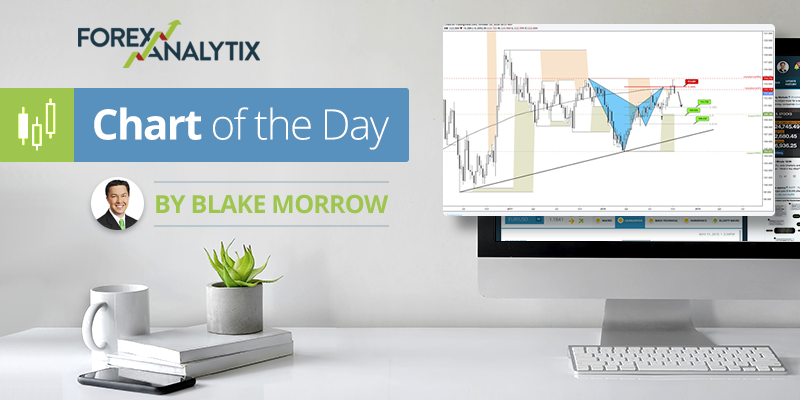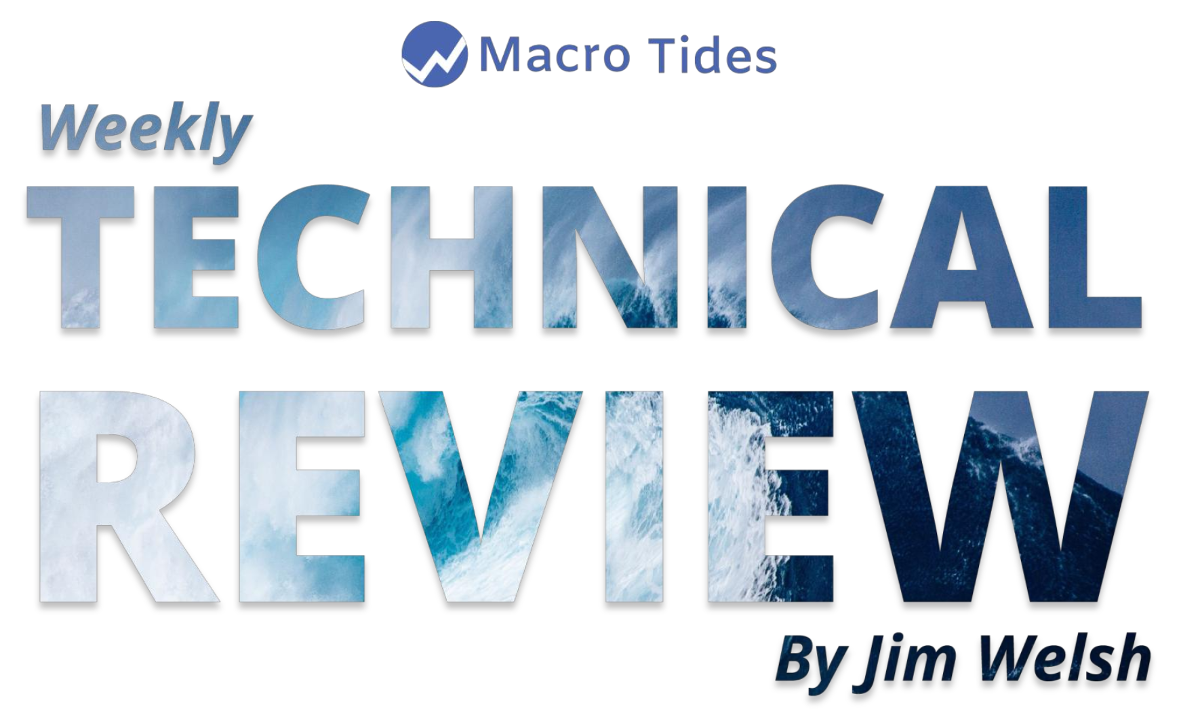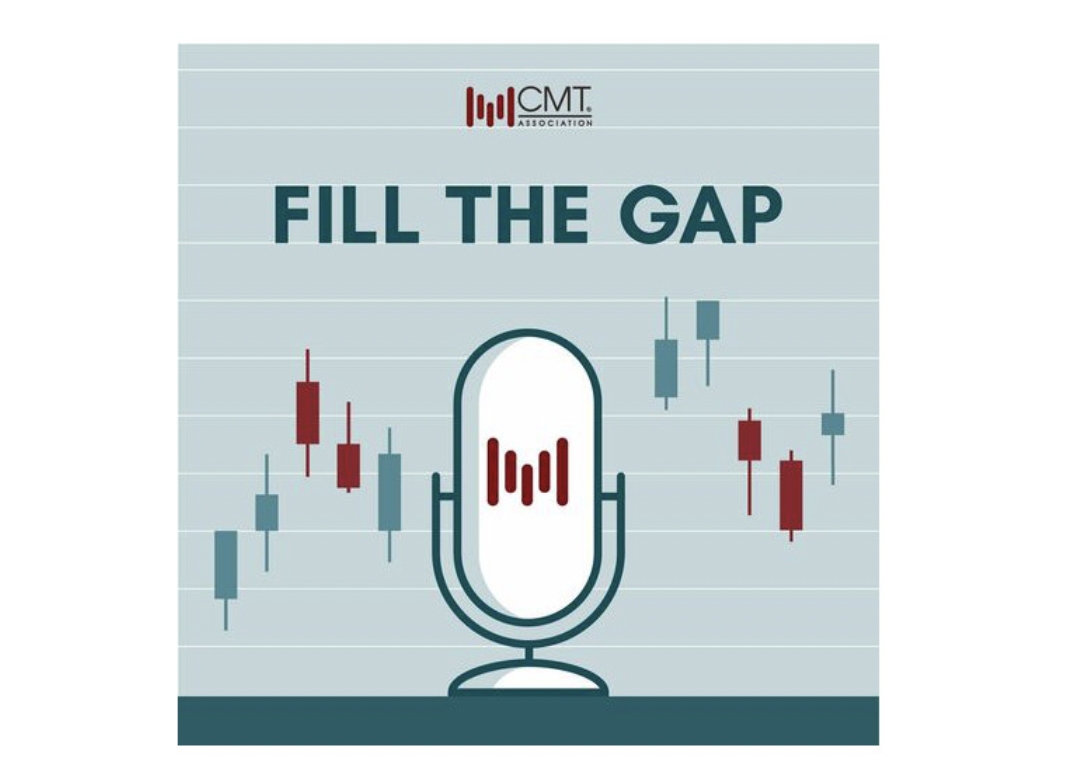No Light at the End of the Tunnel

No Light at the End of the Tunnel
The Russian invasion of Ukraine started exactly one year ago last Friday, a sad anniversary to celebrate and certainly takes the gloss off your scribe’s birthday celebrations which followed two days later. European bourses are broadly unchanged over the last year, helped by temperate winter weather, which has capped energy prices. While many politicians blame the Russian invasion for the spike in inflation that the world has endured over the last year, it is equally the fault of Governments and reckless central banks with their unbridled printing of money. Many things have changed over the last year, but the rise in interest rates to tame inflation is the one factor that has touched us all and remains the constant driving factor behind equity and currency movements. The focus toward the end of last year was when the Federal Reserve and the other major central banks would ”pivot” and start to ease policy. How wrong, as indeed we were at pains to point out, can a market narrative be?
Interest rates and their direction are still the driving force behind currency movements and will continue to rise. I take no pleasure in reiterating the higher for longer manta that Jerome Powell and his cohorts have been preaching. Thursday’s US GDP revision saw the inflation component revised upwards, encouraging some dollar buying. After Friday’s PCE core deflator, a favoured measure of prices for the Fed, showed a surprisingly high jump of 4.7% against the forecast 4.3%, the dollar again strengthened, pushing the Dollar Index to its highest level for seven weeks. Recent data seems to confirm that the economy is impossible to analyse as the figures its producing are, to say the least, inconsistent. What is sure, though, is that the Fed, along with other central banks, will take no chances with policy till the inflation genie is back in its bottle with the stopper firmly back in. Prices still on the rise will mean further pain is coming for the US, the UK, and the EU.
The week ahead should help seal the scale of future rises with some scheduled exciting data releases and plenty of central bank spokespeople. With central banks becoming more data-dependent and less prone to forecasting, the market should become more volatile, and currencies will start breaking out of the narrow ranges they have recently been trading. With council members of the ECB becoming increasingly vocal that inflation is still public enemy number one, they look on course to tighten by probably another 1.25%. Thursday sees the release of Eurozone CPI, which may confirm the size of the move higher. After last week’s upward revision of January’s annual inflation rate to 8.6%, with the core at 5.3%, traders will be on tenterhooks ahead of its release. The headline figure will surely drop in line with lower energy prices, but the core figure is the one to watch, and the ECB seem to agree as they have warned the worst is yet to come.
Sterling had been trading between 1.2175 and 1.1950, roughly between its 50 and 200-day moving averages, until Friday’s US inflation data started a fresh push through its support. In fairness, it had felt weak after it failed to really rally following last week’s Purchasing Manager’s data and Friday’s GFK confidence survey, which were both better than expected. It now looks pretty sure that the Old Lady will raise rates again, by 25bp, at its next two meetings as it tries to cap inflation, and MPC member Catherine Mann said as much last week. This would generally benefit sterling, but with rates across the world moving pretty much in tandem, this doesn’t seem so sure, and with political risks mounting, we would still expect to see the pound ease. Indeed, with a pretty clear run for UK data ahead, the market may well focus on the political challenges that Rishi Sunak faces, which as always with Ireland, will be tricky. Away from Westminster, BoE governor Andrew Bailey gives a keynote speech on Wednesday, which may cause the odd ripple of interest.
The dollar has been benefiting from its normal seasonal strength and the seeming robustness of its economy, as shown by the continuing strong employment and retail sales data. With these numbers holding up, it is unlikely that inflation will fall as quickly as analysts were predicting, and the Fed is now expected to raise rates possibly as high as 6%, which will add to the greenback’s strength. Similar to the UK, the data docket is not bursting with new information, with ISM’s diffusion indexes and Housing data as the primary focus. Finishing where we started, we all hoped for a quick conclusion to the war in Ukraine, which unfortunately looks no closer now than it did a year ago. To many, your humble scribe included, the geopolitical scenario is worsening with China increasingly involved and looking more pro-Russian by the day. Sadly, for those who saw light at the end of the tunnel at the end of last year, it now appears it was nothing more than a Gorilla with a flashlight. With these thoughts in mind, the general risk-averse mood should continue, which will also benefit the dollar and equity markets could again come under pressure.
Have a great week!
20230227









